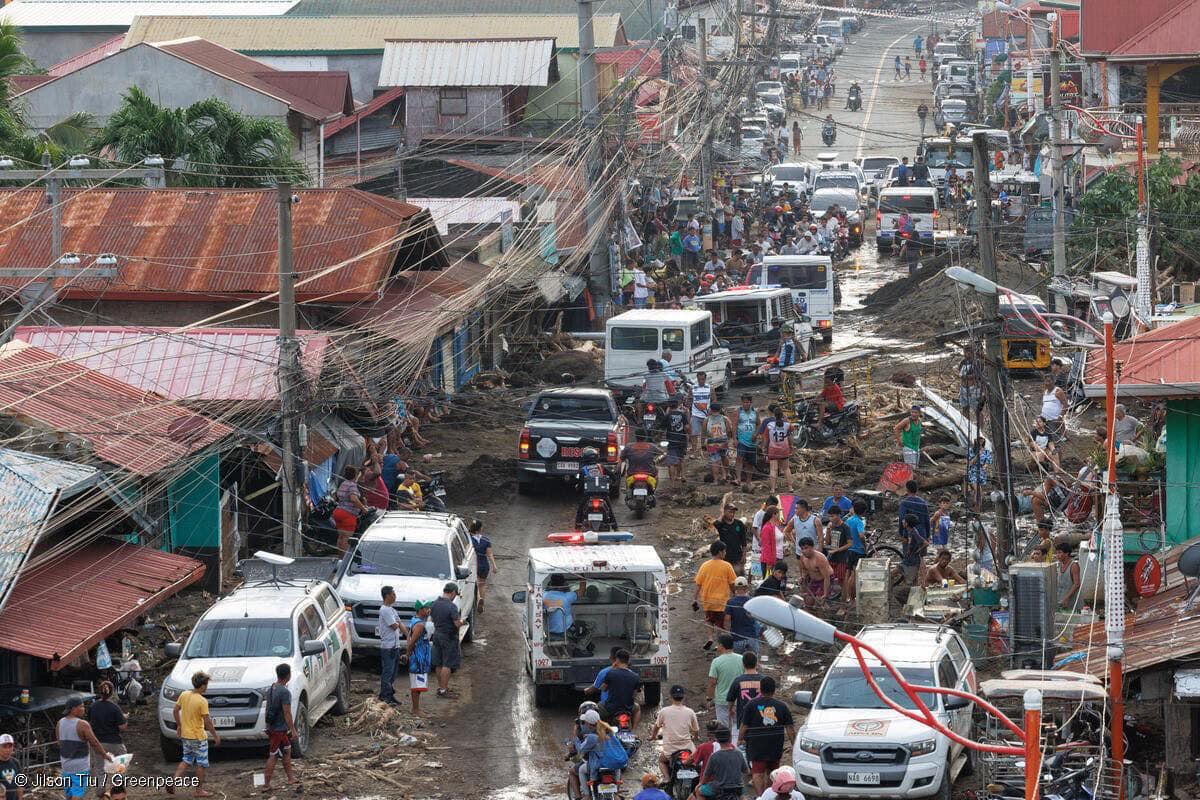The U.S. Department of State on Tuesday, March 31, said that it has provided approximately $18.3 million in emergency health and humanitarian assistance to the Association of Southeast Asian Nations (ASEAN) member states, including the Philippines.
The local government received nearly $4 million, or approximately P200 million, in health assistance to help the government prepare laboratory and event-based surveillance, support technical experts for response and preparedness, risk communication, infection prevention and control, and more.
It added that the Department of Defense’s Defense Threat Reduction Agency (DTRA) provided locally sourced PPE, training, exercises, and laboratory equipment and materials to the country.
The Philippines received the largest amount of financial assistance from the U.S. among the ASEAN members.
The United States has invested more than $582 million in the Philippines’ health care system alone and nearly $4.5 billion in total assistance over the past 20 years, the U.S. Department of State noted in its report.
Other ASEAN countries that received financial assistance from the U.S. are Cambodia ($2 million), Indonesia ($2.3 million), Laos (nearly $2 million), Myanmar ($3.8 million), Thailand ($1.2 million) and Vietnam (nearly $3 million).
“Our country continues to be the single largest health and humanitarian donor for both long-term development and capacity building efforts with partners, and emergency response efforts in the face of recurrent crises, the U.S. Department of State said.
The U.S. funding to ASEAN countries on the novel coronavirus (COVID-19) aims to support the following goals:
• prepare laboratories for large-scale testing for COVID-19;
• infection prevention and control;
• enable risk communication;
• implement public-health emergency plans for border points of entry;
• activate case-finding and event-based surveillance for influenza-like illnesses;
• train and equip rapid-responders in investigation and contact-tracing;
• and update training materials for health workers.
The U.S. government agencies spearheading international response, including The Department of State, USAID, and the U.S. Centers for Disease Control and Prevention (CDC), are working closely to allocate funds based on COVID-19 hotspots and vulnerabilities.
The U.S. is also coordinating with other donors to complement assistance and avoid duplicating efforts.





